Main differences between these two types of valves
Within the industrial sector and household applications for fluid handling, pressure relief valves and safety valves are essential defense and safety components.
Without exaggeration, these elements are the last line of defense against a serious accident or maintaining optimal conditions. But are safety valves and pressure relief valves the same? How do they differ? And how are they used? Let’s clarify these questions below.

Are a safety valve and a pressure relief valve the same?
Actually, although they are sometimes used interchangeably, safety valves and pressure relief valves are not exactly the same, although they serve similar roles in managing pressure within a system. Both are designed to open and release fluid when the pressure in a system exceeds a set value, but there are key differences in how and when they are used.
What is a safety valve?
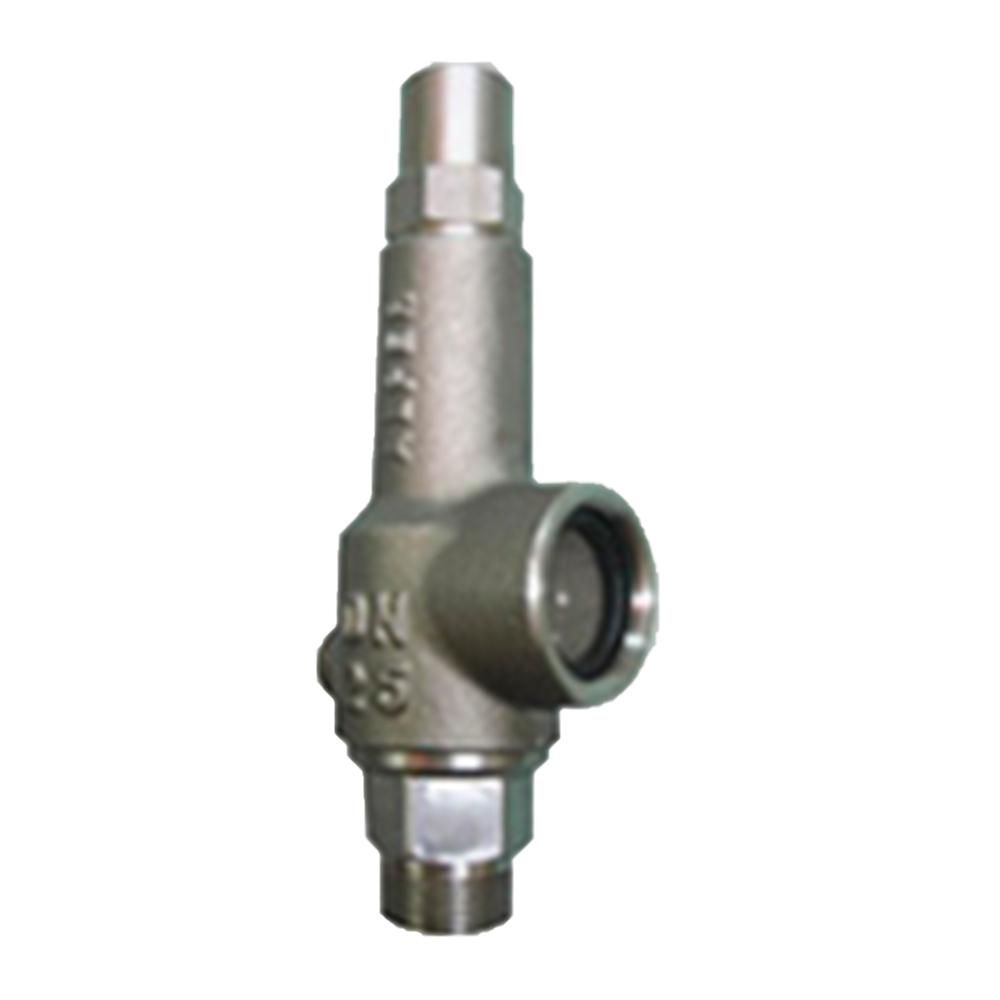
These valves are designed to fully open immediately when the pressure exceeds the set value. Their main purpose is to prevent a dangerous increase in pressure that could lead to the explosion of a vessel or pipeline.
Once the pressure has dropped to a safe level, the valve closes again. Safety valves are commonly used in gas or steam systems, where it is crucial to rapidly release pressure.
What is a pressure relief valve?

These valves can open gradually, allowing the amount of fluid released to be proportional to the increase in pressure. This means that the valve may only partially open if the pressure increase is small, but it can fully open if the pressure increase is significant.
Pressure relief valves are more commonly used in liquid systems, where a gradual release of pressure is more appropriate.
In summary, although both valves serve similar functions, they are not the same and are used differently depending on the specific needs of the system.
How each valve is used and what are the differences in adjustment and capacity for each?
Regarding their use, the safety valve is more commonly used in thermal systems and in vessels that can build up pressure and store energy to release and reset automatically without the need for manual intervention. Therefore, its use is more common with gases, hot fluids, and chemicals.
On the other hand, the capacity of a safety valve allows it to handle overpressure situations. However, in some cases, it may require operator assistance to close or open the valve based on a signal to release stress and resume normal operation.

On the other hand, the pressure relief valve (also known as overflow valve) is more commonly used in systems where the pressure remains static or continuous. Its operation is automatic, meaning it only opens to release pressure and prevent exceeding the liquid force. Therefore, its use is more common with fluids (although they can also be used with moderate vapors or gases).
In terms of capacity, a pressure relief valve can handle low pressures, and its processes are continuous. As soon as it detects an excess pressure, it starts the opening process and continues to operate.
What is the design of pressure relief valves and safety valves?
Encara que, són peces que s’ajusten per a diferents necessitats, depenent del disseny del sistema, cada vàlvula ha de complir certs criteris que norma la seva fiabilitat. De manera que aquest tipus de vàlvules han de comptar amb:
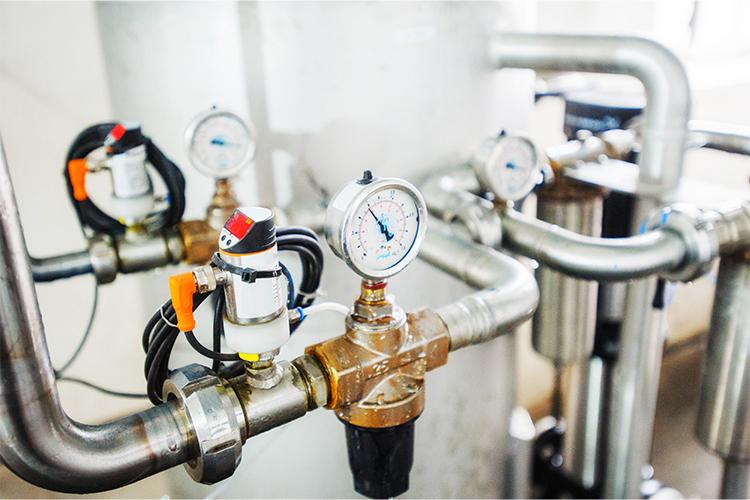
What are the types of existing valves for each category (pressure relief and safety)?
There are three types of valves that can be found in the market:
What other features should be considered when purchasing a pressure relief or safety valve?


Why should you purchase a safety valve or pressure relief from a specialist?
When selecting and installing such a part, try to prevent serious accidents and explosions. Thus, the correct selection and adaptation depends on correct decision-making; therefore, it is always preferable to approach a specialist. And, one of the best options is Valfonta, which fit any personal or industrial need.
At Valfonta we are specialists in pressure valves, do not hesitate to contact our sales department for any questions you may have. You can do this by completing our web form, calling 93 372 08 88 or sending an email to valfonta@valfonta.com.

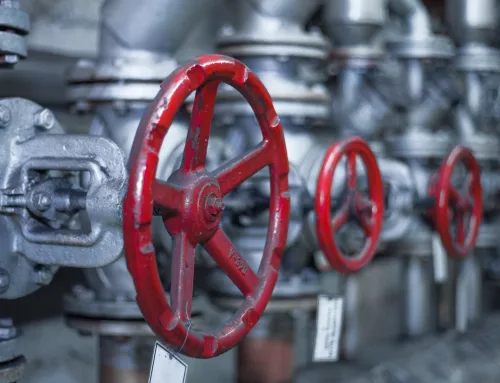
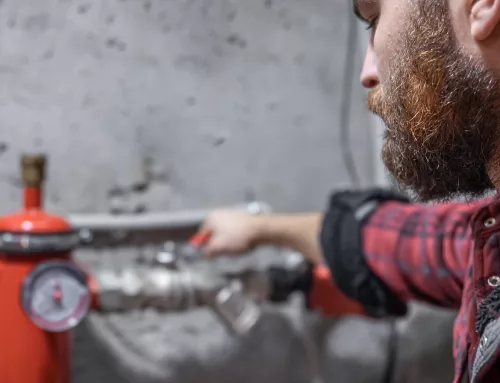


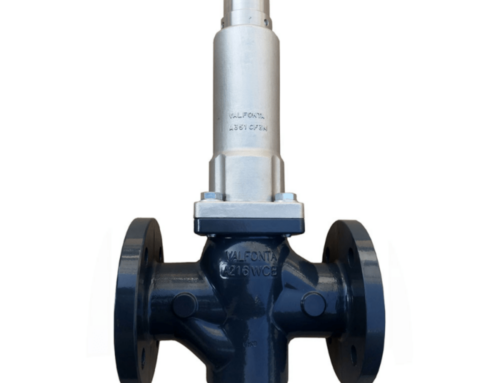




Leave A Comment